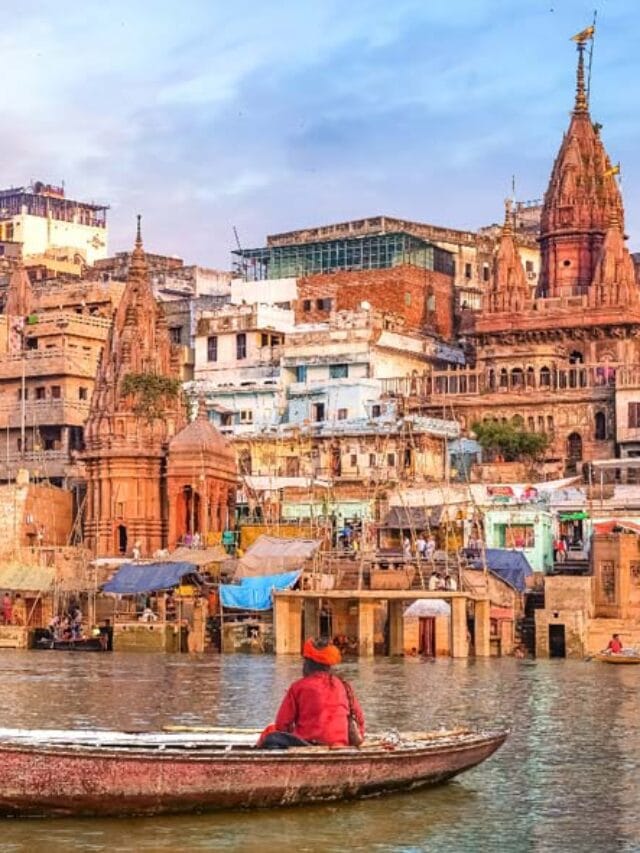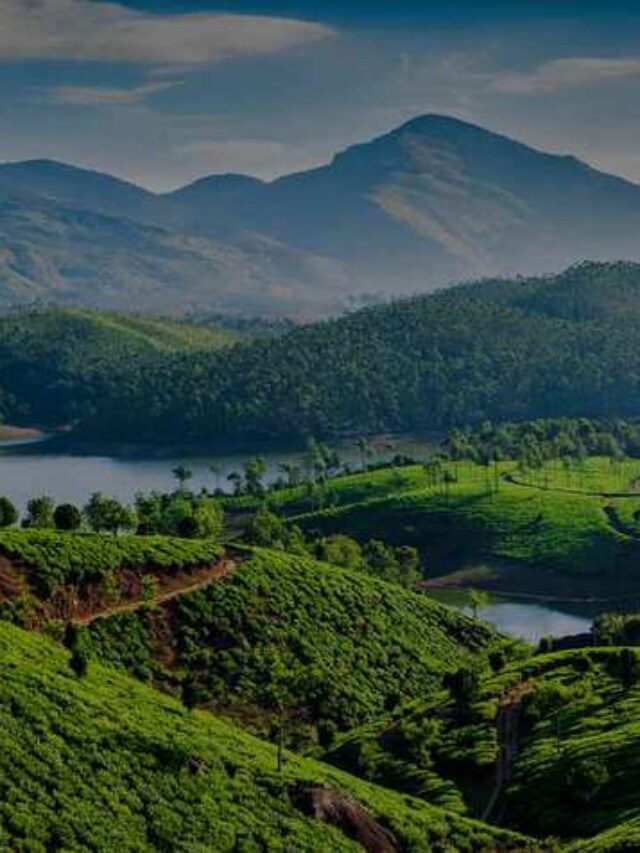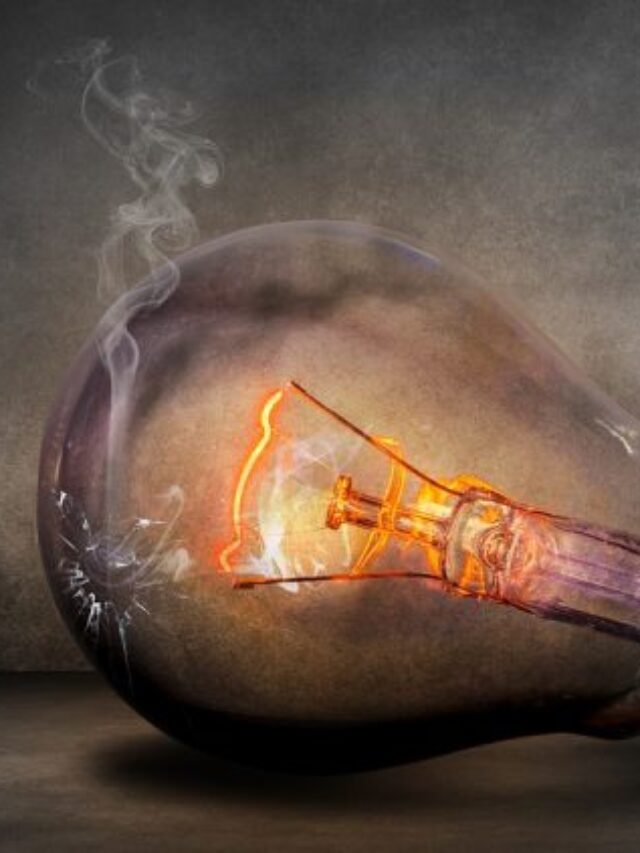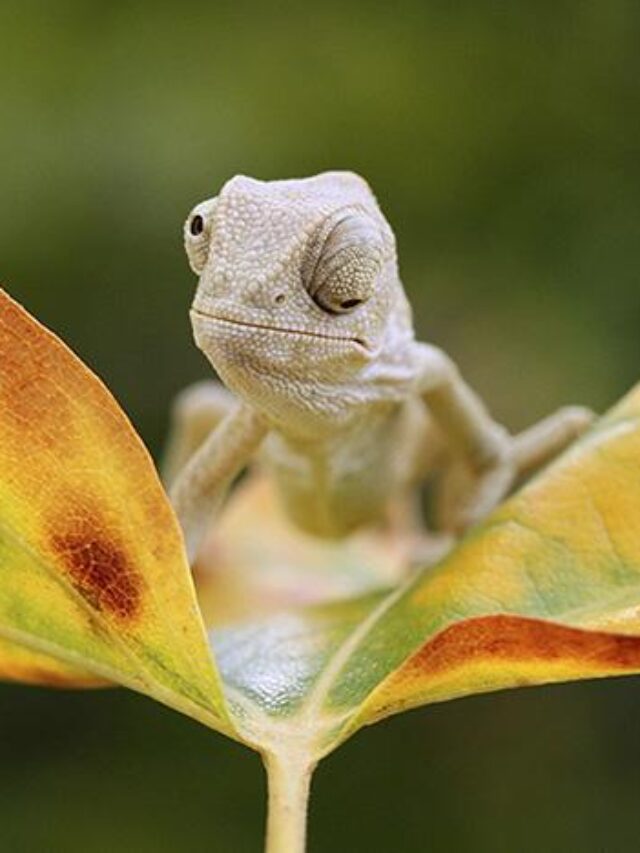
Welcome to the world of Medieval Indian Coins and Coinage! This set of 10 multiple-choice questions (MCQs) is meticulously designed to aid your preparation for various government job comparative exams. Delve into the rich history and intricate details of medieval Indian coinage as you test your knowledge and learn through detailed explanations provided for each question. From the diverse dynasties that ruled different regions to the evolution of coin designs and metallurgy, this set covers essential aspects crucial for exam success. Whether you’re aiming for civil services, banking, or any other government job exam, mastering the nuances of medieval Indian coins is indispensable. Get ready to explore the fascinating world of numismatics and enhance your understanding of medieval Indian history through these engaging MCQs.
MCQs with Answers and Explanations:
1. The king of the Vijayanagar empire, Krishnadevaraya, issued which type of coins?
- BalaKrishna
- Venkatesha
- Hanuman
- Both a & b
Show Answer
Correct Answer: Both a & b
Krishnadevaraya, the ruler of the Vijayanagar Empire (1509-1529 AD), issued coins featuring the images of Venkatesha and Balakrishna. The Vijayanagar Empire was known for its rich cultural and artistic heritage, and Krishnadevaraya’s coinage reflected this by incorporating religious and artistic motifs. Venkatesha and Balakrishna are forms of Lord Vishnu, who held significant religious importance in the empire.
2. Who among the following rulers issued Hanuman type of coins?
- Harihara & Bukka
- Krishnadevaraya
- Achyuta Raya
- Tirumala Raya
Show Answer
Correct Answer: Harihara & Bukka
The Sangama dynasty rulers, Harihara and Bukka, laid the foundation of the Vijayanagar Empire and issued coins featuring the image of Hanuman. Hanuman, a prominent deity in Hindu mythology, was worshipped for his strength and devotion. The use of Hanuman’s image on coins symbolized the religious and cultural aspects of the Vijayanagar Empire.
3. In which category can the coins issued by Iltutmish be correctly placed?
- Persian Silver
- Arabic Silver
- Afghani Gold
- Ethiopian style
Show Answer
Correct Answer: Arabic Silver
Iltutmish, the first Turkish Sultan in India (reigned from 1211-1236), introduced pure Arabic coins. These coins featured inscriptions in the Arabic script and were modeled after Islamic coinage standards. This marked a significant departure from earlier Indian coinage, which often incorporated indigenous designs and scripts.
4. Who among the following Sultans of Delhi Sultanate introduced new coins “Adha and Bikh”?
- Ghiyasuddin Tughlaq II
- Firoz Shah Tughlaq
- Mohammad-bin Tughlaq
- Mahmud Tughlaq
Show Answer
Correct Answer: Firoz Shah Tughlaq
Firoz Shah Tughlaq, a ruler of the Tughlaq dynasty in medieval India, introduced various coin denominations. He issued the Adha (half of a Jital), Bikh (quarter of a Jital), Shashgani (six Jitals), and Hastgani (48 Jitals). These coins reflected Firoz Shah Tughlaq’s efforts to standardize the coinage system and meet the needs of trade and commerce within his empire.
5. What was the name of the silver coin introduced during the reign of Sultan Mohammad-bin Tughlaq?
- Adi
- Dinar
- Adha
- Bikh
Show Answer
Correct Answer: Adi
The silver coin introduced during the reign of Sultan Mohammad-bin Tughlaq was called Adi.
6. Which of the following Sultans of Delhi Sultanate issued copper coins instead of silver and gold coins?
- Ghiyasuddin Tughlaq II
- Firoz Shah Tughlaq
- Mohammad-bin Tughlaq
- Muhammud Shah Tughlaq
Show Answer
Correct Answer: Mohammad-bin Tughlaq
Mohammad-bin Tughlaq replaced gold and silver coins with copper and brass coins as token currency. However, this attempt led to economic issues and the devaluation of the newly issued coins.
7. Who introduced the “Rupee” in India for the first time?
- Akbar
- Alauddin Khilji
- Sher Shah Suri
- Shah Jahan
Show Answer
Correct Answer: Sher Shah Suri
Sher Shah Suri, who briefly ruled over North India in the 16th century, is credited with introducing the Rupee in India. His coinage system included three types of coins: the Rupiya (silver coin), dam (copper coin), and mohur (gold coin). Sher Shah’s coinage reforms had a lasting impact on Indian currency, and the Rupee continues to be the official currency of modern India.
8. Who inscribed the name of the Khalifa of Baghdad on his coins?
- Alauddin Khilji
- Iltutmish
- Qutub-ud-din
- Balban
Show Answer
Correct Answer: Iltutmish
Iltutmish, one of the early sultans of the Delhi Sultanate, inscribed the name of the Khalifa of Baghdad, who was the spiritual leader of the Islamic world, on his coins. This practice was a demonstration of the sultan’s acknowledgment of the religious authority and legitimacy of the Khalifa.
9. Which motif of the goddess was inscribed on Rajput kings’ coins?
- Laxmi
- Durga
- Kali
- Chamunda
Show Answer
Correct Answer: Laxmi
Coins issued by various Rajput kings of medieval India often featured the name of the ruler on one side and the image of Goddess Laxmi, the Hindu goddess of wealth and prosperity, on the other side. These coins represented both the political authority of the ruler and their association with religious symbols of wealth and abundance.
10. Which metal was used to mint the Maratha coin of Peshwas called “Shivrai”?
- Gold
- Copper
- Silver
- Gold-Copper Alloy
Show Answer
Correct Answer: Copper
The Maratha coin of the Peshwas, known as the “Shivrai,” was minted in copper. The Peshwas were prominent figures in the Maratha Empire, and their coinage was characterized by its use of copper as the primary metal, reflecting the economic and political context of the Maratha era.
Medieval Indian Coins And Coinage Notes for UPSC Exam








Leave a Reply